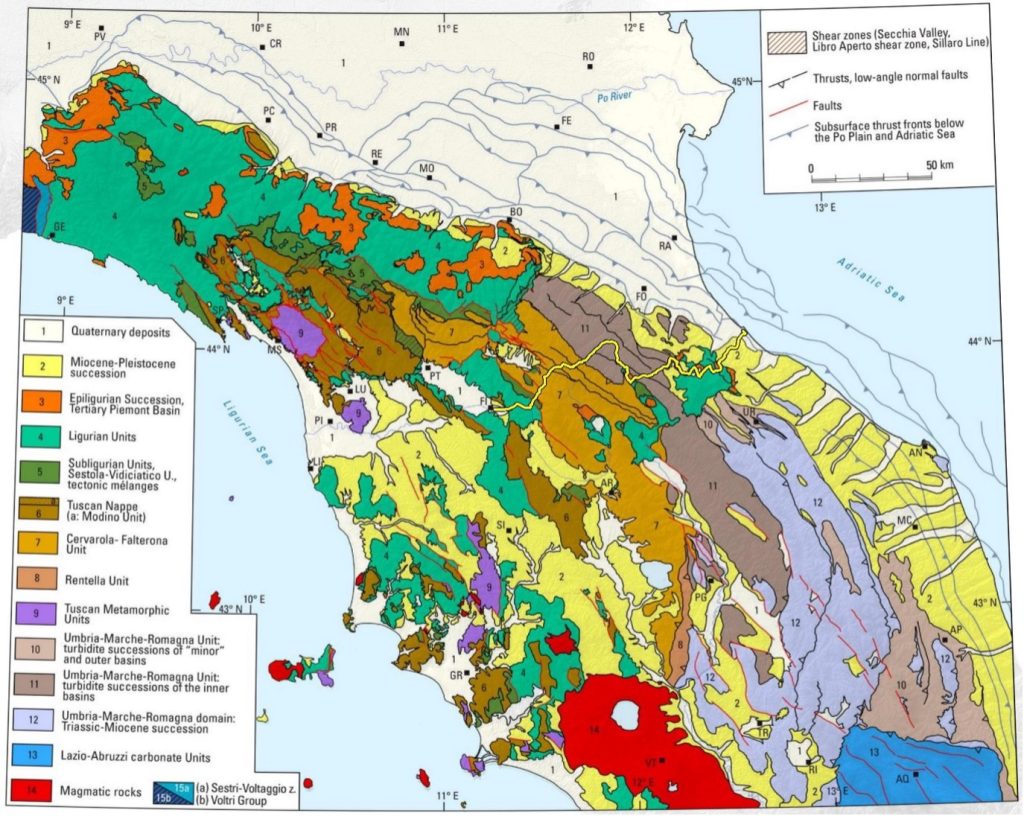I am offering two 1-day indoor courses to be run in November, if there is sufficient interest and enrolments to make them viable.
These courses are independent of one-another - you can enrol on either or both, according to your interest and availability.
The courses are being offered on the same weekend: some people who live a substantial distance away may be interested in both courses and this would make attending them more workable. Venue: The Chantry, Thornbury, South Gloucestershire www.thechantry.org.uk. Do let me know if you need advice on accommodation options.
I hope you find these proposals of interest, and to hear from you soon.
Nick Chidlaw
Title: The Chalk Group exposed at Westbury Chalk Quarry, west Wiltshire
Saturday 23rd November 10.00 am - 5.00 pm
Image: Westbury Chalk Quarry in the 1990's. Extraction and processing ended before 2010; the site has since been gradually weathering and becoming overgrown.
In Late Cretaceous times (100 - 66 million years ago), the area of the earth's crust that became the British Isles lay about 45 degrees north of the equator and had a warm, subtropical arid climate. The global climate was much warmer than today, and sea surface temperatures around Britain are thought to have been around 28 degrees C. An absence of polar ice caps ensured higher sea levels; these were compounded by very active tectonic plate growth and associated buoyancy of ocean ridges, displacing ocean water onto the continents. Across the British crust, few land areas remained, and the sea is thought to have been at times as much as 500m deep. Its sea bed was mainly a quiet environment, where sediment accumulated, often without disturbance. Material from the land consisted of occasional inputs of clays, and the waters were consequently very clear. The warm, clear waters contained abundant dissolved lime, and near the surface innumerable microscopic calcareous algae were present, taking from this lime to build their shells. Their consumption by planktonic crustaceans, and incorporation into faecal pellets, is thought to have enabled them to sink to the sea floor and accumulate, to form the Chalk Group. In the Westbury area, crustal subsidence was lower than in some other parts of Britain, and in consequence the stratigraphic succession is thinner: this has resulted in a wide variety of Chalk Group stratigraphic units being exposed at Westbury Chalk Quarry. On this one-day course, powerpoint-based lectures will provide an introduction, geological history, and description of geologists' methods for studying the Chalk Group; this will be followed by a practical session in which specimens of mineral and rock types collected from Westbury Chalk Quarry will be examined under the tutor's guidance.
No prior geological knowledge or of the study location would be assumed.
Tuition fee: £33.00
Contact tutor Dr Nick Chidlaw nickchidlaw@gmail.com to enrol and for any queries.
Deadline for course viability: Friday 1st November. If the course has become viable (minimum 10 enrolments) by this date, enrolments will be able to continue until 1 week (Saturday 16th November) before the course runs.
--------------------------------------
Title: Indoor practical course using hand specimens: metalliferous mineralisation within a sedimentary rock host
Sunday 24th November 10.00 am - 5.00 pm.
Image: an example of a metalliferous mineralisation setting in sedimentary rocks (not from the case to be studied on this course).
On this course hand specimens of minerals and sedimentary rocks are examined by attendees, using guidance notes to systematically determine, as far as possible, the identity of each specimen. This is good practise in learning how to analyse minerals and rocks, giving those on the course experience which they can use in the future to independently determine what specimens might me that they collect themselves, or are asked by others to identify. The course develops knowledge in attendees of the limits of hand specimen identification, and where laboratory methods would be needed to take the identification further; a number of possibilities may be concluded for some of the hand specimens.This process occupies most of the time on the course. The identifications of the minerals and rock specimens will then be given by the tutor, so that attendees will know which they have correctly determined, or where improvements can be made.
Attendees are then each given an A3-sized annotated diagram on which they allocate the identified minerals and rocks. This diagram is of an actual example of metalliferous ore deposits within a series of sedimentary rocks, which have been, and continue to be, mined today. Attendees are to fill in blanks in the annotations, through knowledge they have gained from the specimen identification process, and from advised reading material brought to the course (including via online sources using attendees' smartphones / laptops).
The final part of the course will be an informal powerpoint-based lecture identifiying and describing the actual example of mineralisation being studied.
No prior knowledge of geology would be assumed.
Tuition fee: £33.00
Contact tutor Dr Nick Chidlaw nickchidlaw@gmail.com to enrol and for any queries.
Deadline for course viability: Friday 1st November. If the course has become viable (minimum 10 enrolments) by this date, enrolments will be able to continue until 1 week (Saturday 16th November) before the course runs.
===================================================


















 30 May 10:00am-11:30 Fossil Fun
30 May 10:00am-11:30 Fossil Fun 1 June 10:30am-3:30pm: The Geology of Ham Hill Guided Walk
1 June 10:30am-3:30pm: The Geology of Ham Hill Guided Walk Any time: Self-guided walk along the Ham Hill Geology Trail.
Any time: Self-guided walk along the Ham Hill Geology Trail.





